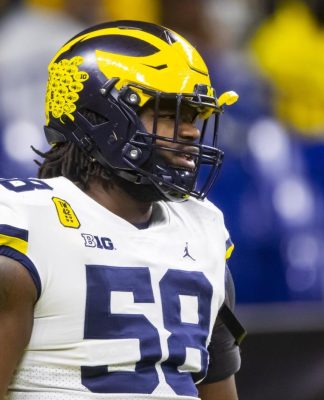A woman from Nebraska who was born with two uteruses was surprised to learn that she was carrying both at once, but the pregnancy wasn’t easy and she went into early delivery at just 22.5 weeks gestation. With uterine prolapse, a rare disorder in which a woman has two uteruses and occasionally a cervix for each, Megan Phipps, 24, was born with it.
Her previous two pregnancies, both on her right side, were unaffected by the disease, but earlier this year she learned she was having twins, one on each side. bow.


Good Morning America reported that Phipps experienced early labor and gave birth to both children in the second trimester, when each weighed less than a pound.
One of the children died shortly after, but the other, baby Reece, is now the youngest child born at Bryan Health in Lincoln to survive. Phipps has had two children before, but both were conceived in her right uterus, so she considers her left uterus ‘inactive’. However, during this pregnancy, she felt something was wrong and made an appointment to see a doctor, who referred her to a specialist.


The specialist informed her the shocking news that she was pregnant with twins, each developing inside her own uterus. According to Scientific American, only one in 2,000 women has uterine prolapse, and the odds of having two uteruses at the same time are one in 50 million.
Phipps arrived at the hospital in ‘excruciating agony’ in June when she was just 22 weeks along with her pregnancy, and soon after, she went into premature labor. A fetus is currently regarded as viable beyond 24 weeks, which means it can survive outside the uterus. Some people might make it to 22 or 23 weeks, although the chances are slim: The American College of Obstetricians and Gynecologists estimates that the survival percentage for infants born before 23 weeks of gestation is only 5 to 6%.


Almost always, survivors experience serious difficulties or limitations. Phipps’ chances of conceiving twins, according to the doctor, were poor, especially given the unique features of her pregnancy. Phipps reported, “He said girls would have a 1% chance.” But before giving birth, she told him that she wanted to take every intervention to keep them alive.
On June 11, she gave birth to her first daughter, Riley. The next day, a second daughter, Reece, was born. Both weigh less than a pound. Before giving birth, however, she told him that she wanted to take every intervention to keep them alive.














